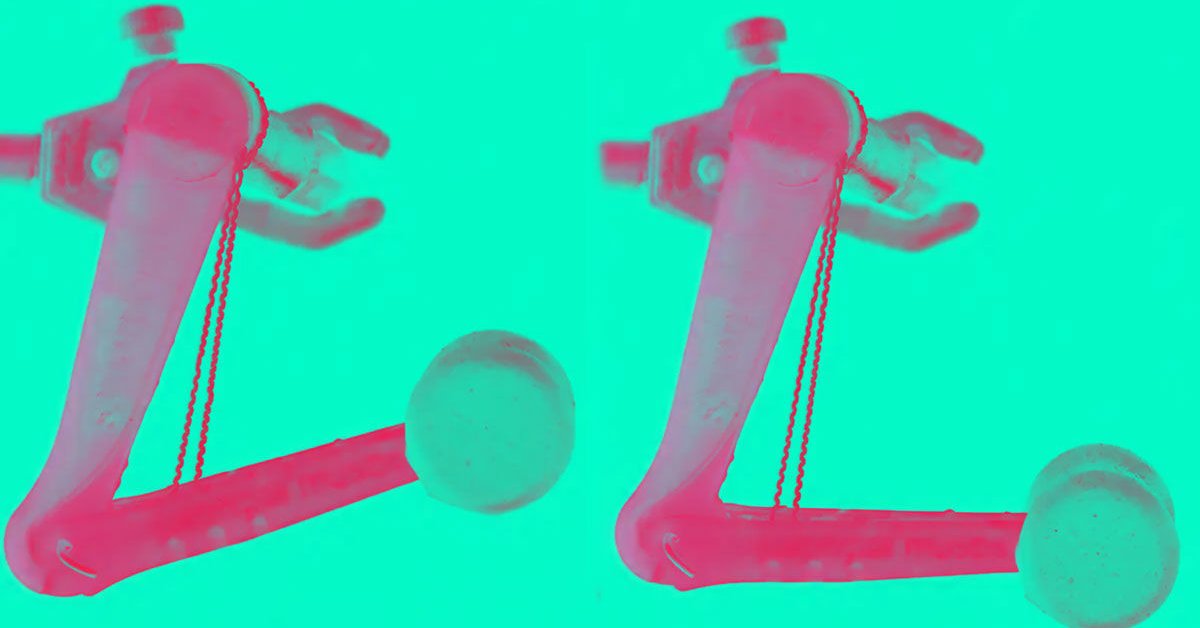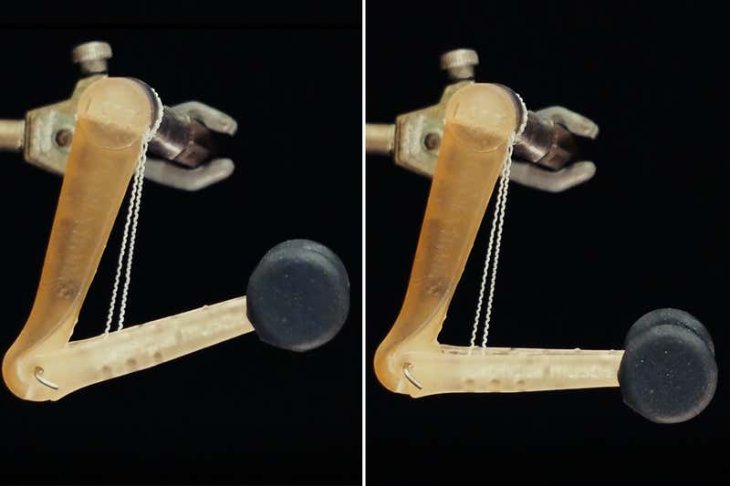These Fiber-Based Artificial Muscles Can Lift Things 1,000 Their Own Weight
Harin - Jul 16, 2019

Three teams of scientists have found an unexpectedly simple way to make muscles that can lift something that’s 1,000 times heavier than their own weight.
- Japan Hydrogen Breakthrough: Scientists Crack the Clean Energy Code with Mind-Blowing 1,000% Efficiency Jump
- 'Five-second rule' For Food Dropped On The Floor: Is It True?
- Scientists Want To Send 6.7 Million Samples, Including Sperm, To The Moon
Three teams of scientists have come up with an unexpectedly simple way to make artificial muscles capable of lifting something that’s 1,000 times heavier than their own weight. The new muscles are hoped to be used in exoskeletons, robots, prosthetic limbs, and even clothing.
The first team led by Ray Baughman from the University of Texas used inexpensive materials like bamboo or silk to develop stronger fibers which are tightly coiled-up and covered with a sheath responsive to electrochemical changes or heat. As a result, this triggers the produced muscle to tighten and move.
The team hopes that in the future, their materials could be used to produce smart clothing that will respond to different weathers. In one experiment to prove the fibers’ ability, they knitted them into a textile that becomes more porous to respond to moisture.
Sameh Tawfick from the University of Illinois in Urbana-Champaign, said:

While Jinkai Yuan and his colleagues from the University of Bordeaux used graphene, which is even stronger than diamond, and polymer to create their fibers, Massachusetts Institute of Technology’s Mehmet Kanik had a different approach.

Similar to a cucumber plant’s tendrils, his team’s material coils spontaneously. To test the muscle, they used a miniature artificial bicep which is based on a real human arm. When heat is applied, the muscle lifts a weight.
Although all fibers prove to be potential, it is still a long way before engineers could make artificial muscles that can work as good as human ones. However, their simple designs combine with inexpensive construction make them potential materials for future artificial limbs and nanofibre technologies.
Featured Stories

Features - Jul 01, 2025
What Are The Fastest Passenger Vehicles Ever Created?

Features - Jun 25, 2025
Japan Hydrogen Breakthrough: Scientists Crack the Clean Energy Code with...

ICT News - Jun 25, 2025
AI Intimidation Tactics: CEOs Turn Flawed Technology Into Employee Fear Machine

Review - Jun 25, 2025
Windows 11 Problems: Is Microsoft's "Best" OS Actually Getting Worse?

Features - Jun 22, 2025
Telegram Founder Pavel Durov Plans to Split $14 Billion Fortune Among 106 Children

ICT News - Jun 22, 2025
Neuralink Telepathy Chip Enables Quadriplegic Rob Greiner to Control Games with...

Features - Jun 21, 2025
This Over $100 Bottle Has Nothing But Fresh Air Inside

Features - Jun 18, 2025
Best Mobile VPN Apps for Gaming 2025: Complete Guide

Features - Jun 18, 2025
A Math Formula Tells Us How Long Everything Will Live

Features - Jun 16, 2025
Comments
Sort by Newest | Popular